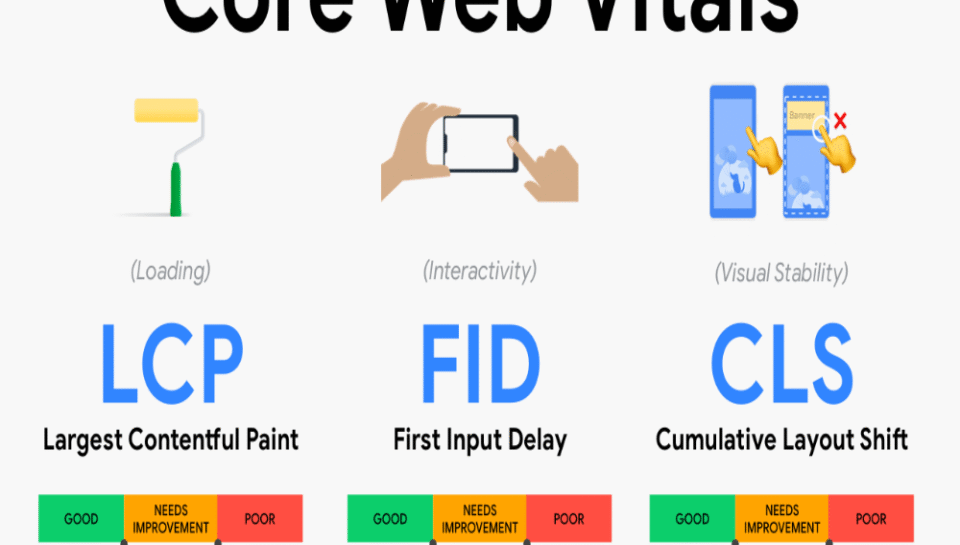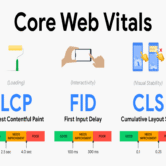
Core Web Vitals: Sustained Optimization Through Regular Maintenance
Maintaining high scores in Core Web Vitals is not a one-time achievement—it requires continuous attention through regular maintenance and refinement. These key metrics—Largest Contentful Paint (LCP), First Input Delay (FID), and Cumulative Layout Shift (CLS)—reflect how users experience a web page in terms of speed, responsiveness, and visual stability. As content, scripts, and infrastructure evolve, performance can drift unless consistently monitored and corrected. Sustained optimization ensures that a site remains both user-friendly and search-visible over time.
To achieve consistent results, teams must adopt performance auditing routines, leverage real-user monitoring, and establish baseline thresholds for key metrics. Every update to a site’s layout, images, third-party scripts, or content stack can impact Core Web Vitals. Tools such as performance budgets, lazy loading, and asset compression must be embedded into the development workflow. Ensuring code hygiene, resource prioritization, and reduced render-blocking elements all contribute to keeping these metrics within optimal ranges.
Sustained performance also relies on cross-team collaboration and automated regression testing. Development, content, and infrastructure teams should align on shared objectives to avoid introducing performance regressions. Scheduling routine audits, refining component libraries, and monitoring field data in real-time provide the feedback loops needed to stay ahead of potential issues. Core Web Vitals optimization is not just about passing thresholds—it is about creating a culture of performance accountability that scales with growth and innovation.





